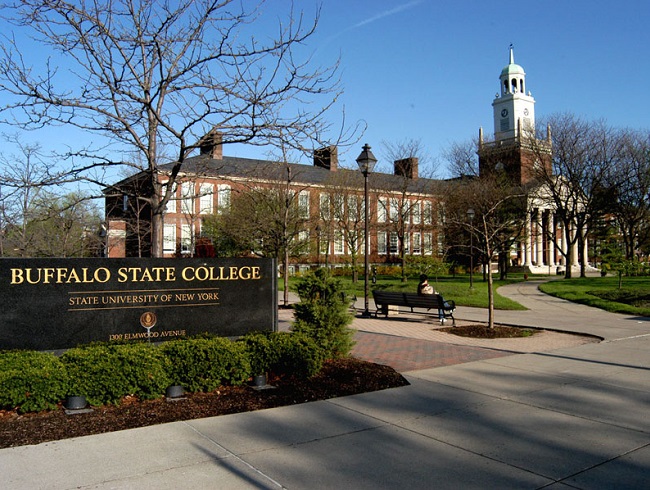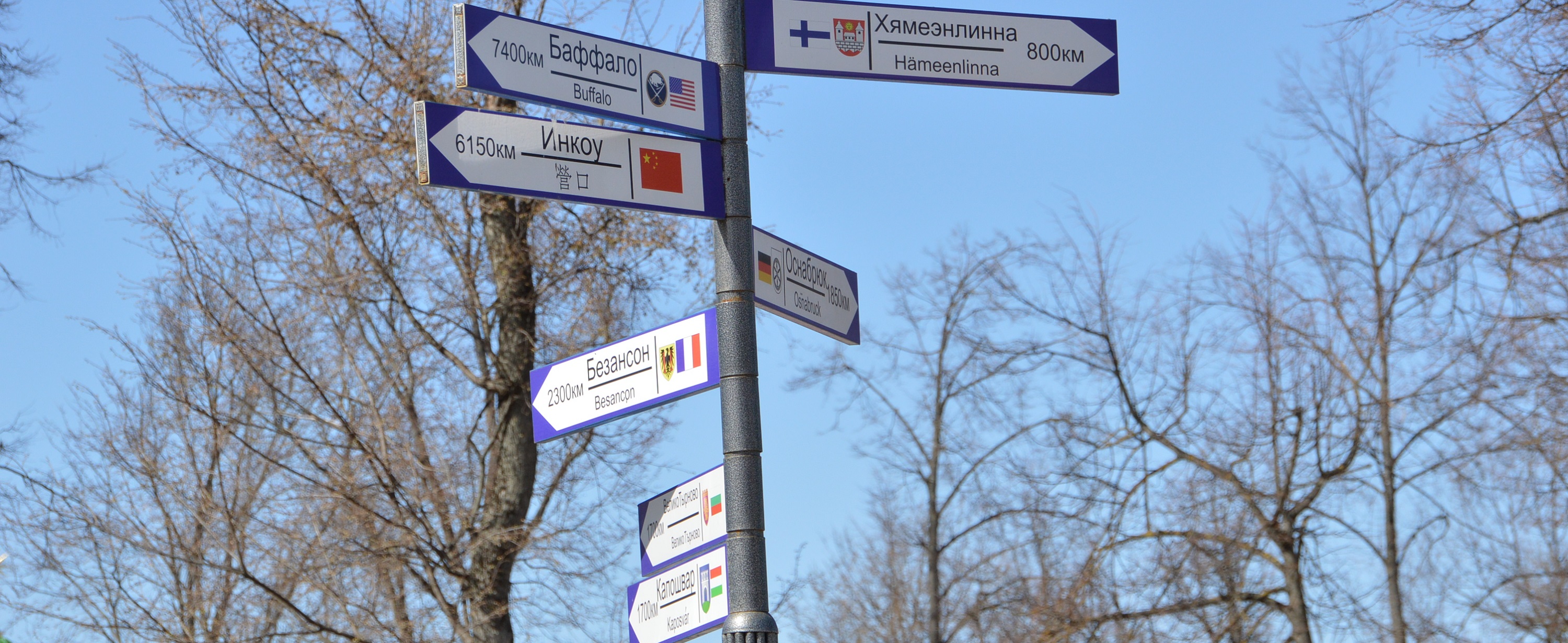
Osnabrück (Germany)
The city was founded in 780 by the order of Charlemagne. In the history of Europe, Osnabrück became famous as a city where in 1648 the Peace of Westphalia was signed, which ended the 30-year war. Today Osnabrück is a large transport and industrial center of Lower Saxony and the bordering North Rhine-Westphalia. The agreement on establishing twin-city relations between Osnabruck and Tver was signed in 1991. However, the first friendly contacts at the level of individual families, organizations and labor collectives began much earlier. In the first years, cooperation between cities developed in the field of culture and school exchanges. In the future, contacts between doctors from both cities were also successfully developed, which introduced new methods of treatment and exchanged experience. In Tver there is a Friendship Society with Osnabruck. In 2005, in Osnabrück, on the initiative of Dieter Höfner, the Russian-German society “Tver Forum” was established, which is designed to help various organizations of Osnabrück find partners in Tver.
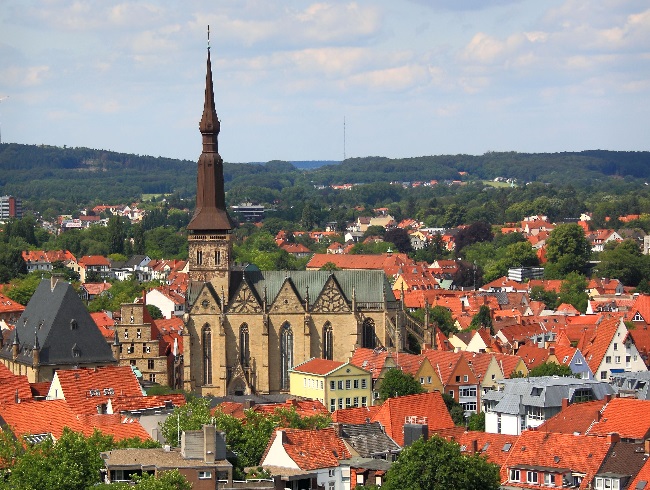
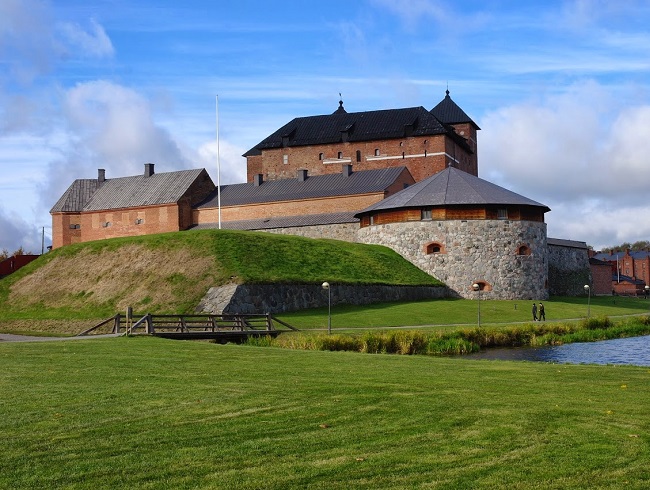
HAMENENLINA (FINLAND)
Hämeenlinna is located in the south of Finland in the historical area of Häme near Lake Vanajavesi. The city was founded in 1639 at the intersection of trade routes from West to East first as a settlement near the castle, built in the late 13th century by Jarl Birger. The medieval fortress is the most popular attraction in Hämeenlinna, it is also the end point of the “Wolves’ Road” inside the country. Partnerships between the cities of Tver and Hämeenlinna were established in 1954. Our cities became one of the first twin cities, and it was they who initiated the development of friendship between the cities of Russia and Finland. Cooperation began to develop with informal communication of enthusiasts, later exchanges began in the field of culture and art. In the 1990s, ties in the sphere of municipal management and economy began to develop intensively, and seminars were held to exchange experience in the field of energy and heat savings. The delegations of Tver take part in the meetings of the Congress of the twin cities of Finland and Russia.
BEZANSON (FRANCE)
Besancon is located in the southeast of France in the steep bend of the river Du at the foot of the Jura mountain range and is the administrative center of the department of Du and the Franche-Comté region, the historical region of France. Besancon is a major industrial center of France, known throughout the world for its achievements in the automotive industry, in car building, in the production of jewelry. The history and culture of the Franche-Comte region are presented in such museums of the city as the Museum of Time, the Museum of Fine Arts, the museum complex in the fortress Citadel, listed as a UNESCO monument. Besancon is also a major scientific and educational center of France. The agreement on the establishment of partnership between the cities of Tver and Besançon was signed in June 1988. Thanks to the intensive development of cooperation between municipal institutions and public organizations of Tver and Besancon in the field of local government, culture, sport and education in April 1996, our cities.
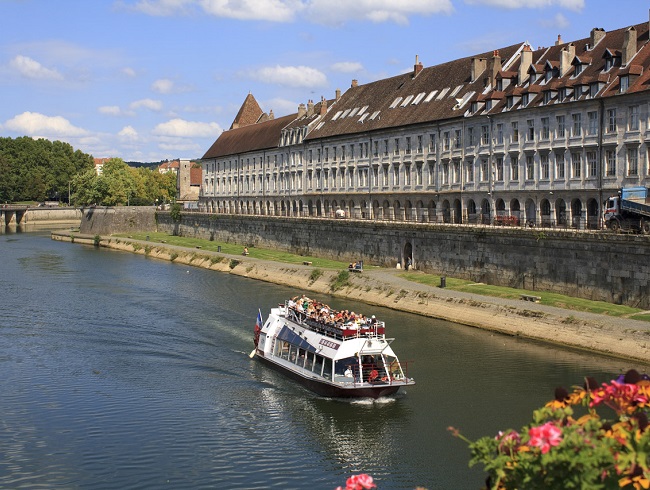
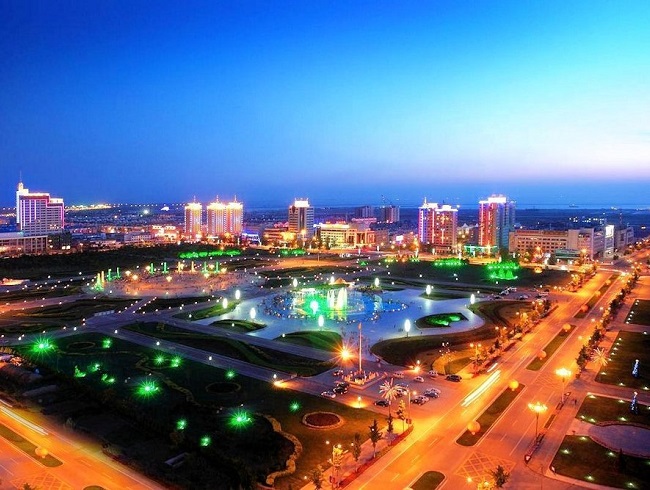
INCOU (CHINA)
Yingkou is the urban district of Liaoning Province in northeast China. The history of the city goes back to the distant past. The first settlements on the territory of modern Yingkou arose in the era of the Paleolithic. A number of cultural and historical monuments of this era have survived to this day. Currently, Yingkou is a famous seaport, open to foreign trade. The Yingkou port is one of the ten largest seaports in China, playing an increasing role in ensuring imports and exports in the Northeast region of the country. The agreement on the establishment of sister cities between Tver and Yingkou was signed on June 26, 1994. The Chinese side showed a special interest in economic cooperation, Tver was visited by an economic delegation from Yingkou. In October 1997, at the invitation of the municipality of Yingkou, Tver enterprises took part in the international industrial exhibition in Dalian. The products of Tver firms were in high demand. As a result, bilateral agreements were concluded between Tver businessmen and foreign firms.
KAPOSHWAR (HUNGARY)
Kaposvar is the administrative center of the Somogy region. The city was first mentioned in the document of 1009 on the establishment of the Pecs bishopric. Kaposvár boasts of its sights. The decoration of the city is the building of the new town hall. The house-museum of the outstanding post-impressionist painter Ripple-Ronai works in the city. Kaposvar is also a major industrial center of the South Transdanubian region. Here are developed light and food industries, the production of electrical products and appliances, as well as parquet and cement. The agreement on cooperation between the cities of Kaposvar and Tver was signed on September 2, 1995. Cooperation has developed mainly in the sphere of culture and municipal government. In 2001, an international conference “Management of cities in the 21st century” was held in Tver, which allowed representatives of twin cities to share their experience in solving the municipal policy of urban development in the 21st century. Also, cities are regularly exchanged by official delegations headed by mayors who take part in the annual city festivities.
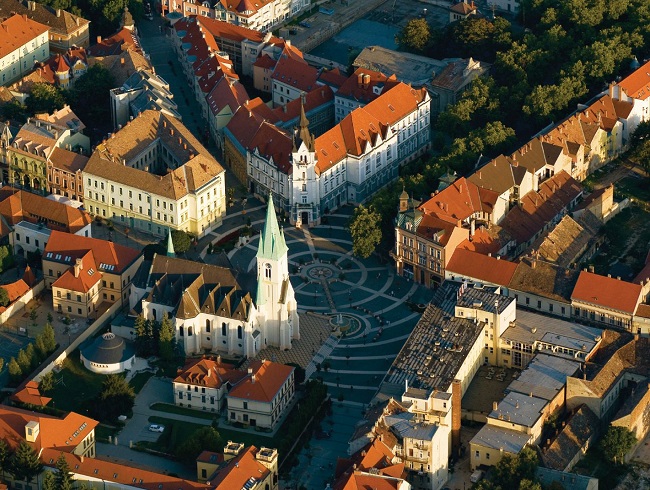
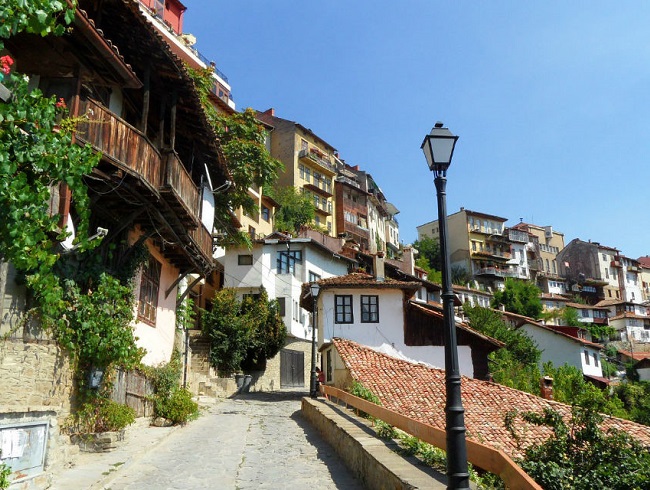
GREAT TARNOVO (BULGARIA)
The city of Veliko Tarnovo, the administrative center of the Velikotyrnovsky District, is located along the banks of the Yantra River at an altitude of 210 meters above sea level. The history of settlements on the territory of Veliko Tarnovo dates back to the Stone Age, the first key date in the history of the city – 1185. Today Veliko Tarnovo is a major cultural and economic center of Bulgaria. In the city there are enterprises of machine-building, electrical, textile, chemical, woodworking, food industries. In July 1997, in the city of Veliko Tarnovo, a protocol was signed on friendly ties and cooperation between the Community of Veliko Tarnovo and the city of Tver. The priorities of cooperation were tourism, culture and science, as well as local self-government. In March 2003, an agreement on cooperation between the city of Tver and Veliko Tarnovo was signed in Veliko Tarnovo. Twin cities are exchanged annually by official delegations, during the meetings the main areas of cooperation are discussed.
BUFFALO (USA)
Buffalo is a city in the state of New York, the second most populous city in the state (after New York). The administrative center of Erie County. The city is located on the eastern shore of Lake Erie, one of the Great Lakes, on the right bank of the Canadian-bound Niagara River, which connects Lake Erie with Lake Ontario. Economic and cultural center of the agglomeration of Buffalo-Niagara. Sometimes Buffalo is included in the so-called “Golden Horseshoe” – almost a ten-million-dollar agglomeration, which covers Lake Ontario from the west and is mostly located on the territory of Canada. The European settlement appears from the end of the XVIII century. Rapid growth of the city began in the 1840s after the appearance of the Erie Canal, and by the end of the 19th century, Buffalo became one of the largest cities in the United States, the country’s largest inland port, the center of the heavy and food industries. But by the middle of the 20th century, the value of the trade route along the Erie Canal had fallen, and with it the industrial importance of the city. Today, Buffalo is, above all, a cultural, financial, educational and medical center. The transfer of production sharply improved the ecological situation in the city. In 2005 the city became one of the three cleanest cities in the country.
